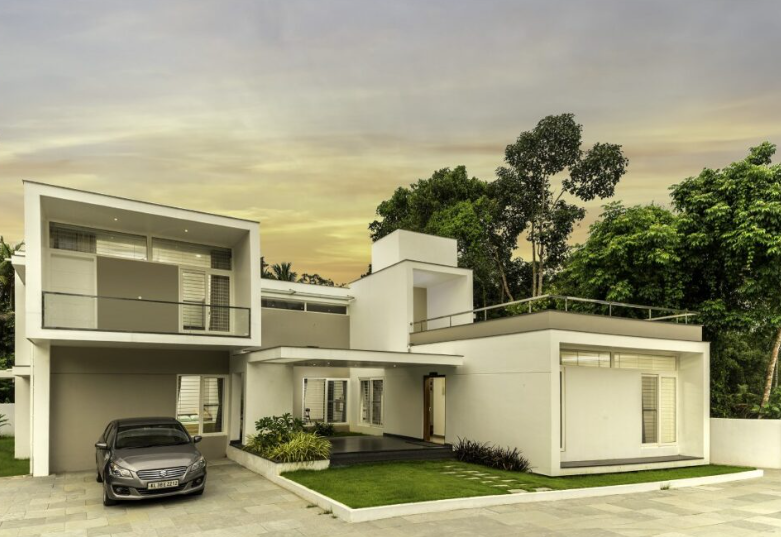Sustainable home design, also known as green or eco-friendly design, aims to create living spaces that minimize environmental impact, promote energy efficiency, and support the well-being of occupants. With a focus on long-term sustainability and responsible resource management, sustainable home design considers the environmental, social, and economic implications of construction and occupancy. Here are key elements and benefits of planning for future generations through sustainable home design:
Key Elements of Sustainable Home Design:
Energy Efficiency: Sustainable homes prioritize energy-efficient building designs, appliances, and lighting systems to reduce energy consumption and lower utility costs. This often includes the integration of passive solar design, insulation, high-performance windows, and energy-efficient heating and cooling systems.
Sustainable Materials: Eco-friendly and renewable building materials, such as reclaimed wood, bamboo, recycled metal, and low-impact insulation, are used to minimize environmental impact and support responsible sourcing.
Water Conservation: Sustainable homes incorporate water-efficient fixtures, rainwater harvesting systems, and drought-tolerant landscaping to reduce water consumption and support sustainable water management practices.
Indoor Air Quality: Sustainable home design focuses on promoting healthy indoor air quality through the use of low-VOC paints, non-toxic finishes, and natural ventilation systems to create a comfortable and healthy living environment.
Passive Design Strategies: Passive design techniques, such as proper building orientation, shading, and natural cross-ventilation, optimize thermal comfort and reduce the need for mechanical heating and cooling, contributing to energy savings and occupant comfort.
Benefits of Sustainable Home Design:
Environmental Impact: Sustainable homes reduce the overall environmental impact of residential construction and occupancy by minimizing energy consumption, reducing waste, and promoting sustainability.
Resource Efficiency: Sustainable home design promotes responsible resource management, using eco-friendly materials, renewable energy sources, and water-efficient systems to minimize the depletion of natural resources.
Health and Well-being: Sustainable homes provide occupants with a healthier and more comfortable living environment, promoting better indoor air quality, thermal comfort, and overall well-being.
Future Resilience: By planning for future generations, sustainable home design contributes to the long-term resilience of residential buildings, addressing environmental challenges and supporting a more sustainable and resilient future.
By planning for future generations through sustainable home design, homeowners and architects play a crucial role in addressing environmental challenges and promoting responsible stewardship of natural resources. Sustainable homes not only reduce environmental impact but also create healthy, efficient, and resilient living spaces that support the well-being and longevity of future occupants.
